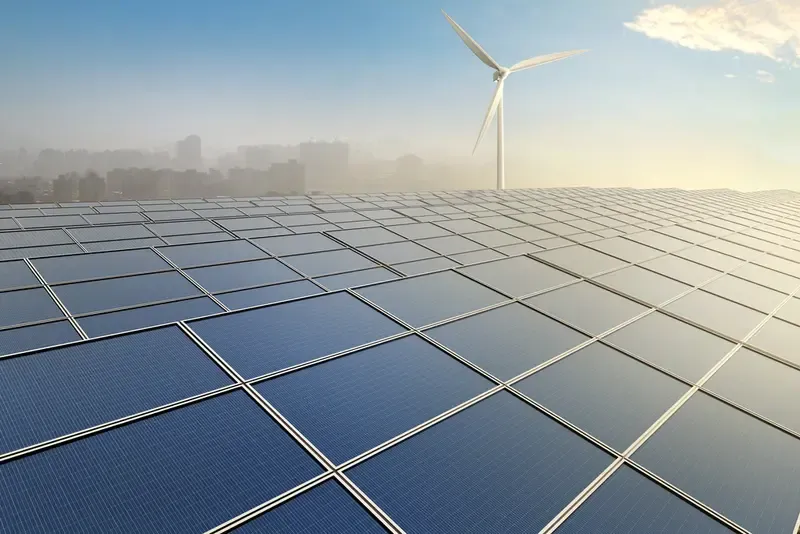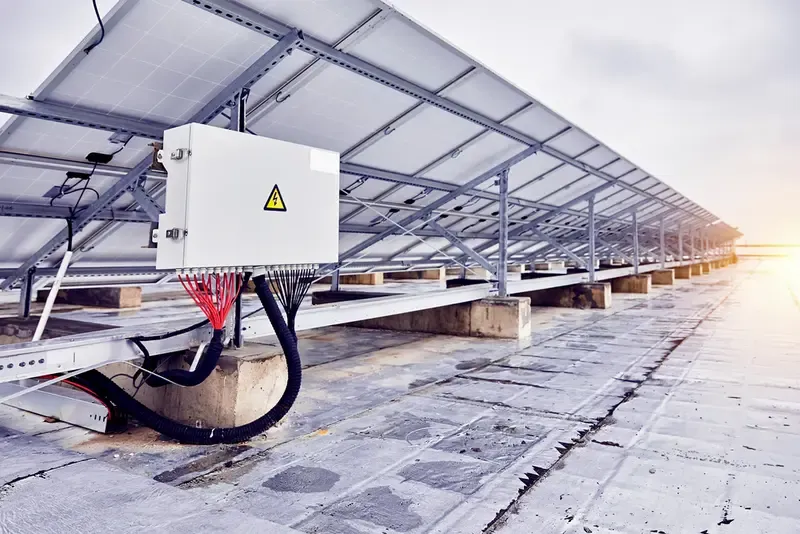When individuals initially learn about solar panels, they might think the process is as easy as "panels absorb sunlight, and the lights go on." But there's one key piece of equipment doing the behind-the-scenes work—the inverter. So, what does an inverter do in a solar panel system? The response goes much further than basic power conversion.
No matter if you are charging a house in Denver, Colorado, or energizing a solar-powered container in Lusaka, Zambia, the inverter turns it all on, safe and sound, efficiently, and in balance with your appliances or grid.
DC to AC—The Inverter’s Most Vital Role
Solar panels generate direct current (DC) power, but houses, businesses, and the grid operate on alternating current (AC). The inverter bridges that gap by converting DC to AC so you can power refrigerators, lights, fans—or industrial equipment—without blowing a circuit.
If you didn't have an inverter, your solar array would be close to useless unless you had all DC-compatible appliances. So, the inverter is the link between clean solar energy and conventional utility.
In a 2022 Himachal Pradesh, India, community installation, rural medical outpost engineers installed a hybrid solar system. The dual function of the inverter to perform DC-AC conversion and battery management was critical to ensure a steady supply of electricity for patient surgeries.
Sync with the Grid (or Not)
There are two broad classes of inverters in solar systems:
- Grid-tied inverters:They synchronize with utility power. They automatically turn off during a power outage (anti-islanding) and tend to support net metering.
- Off-grid inverters:These work independently, storing surplus energy in batteries to use later.
In case of a grid failure, can your inverter continue to supply power to your house? That depends—unless you have a hybrid inverter and backup battery, most grid-tied systems turn off for safety purposes.
In SoCal, a fire zone, homeowners increasingly demand hybrid inverters with automatic switchover to batteries during power outages, minimizing reliance on sketchy grids.

Control Power Flow, Safety, and Monitoring
Solar inverters today do much more than just convert the electricity. The primary tasks are:
- MPPT (Maximum Power Point Tracking):Maximizing energy from your panels even as sunlight conditions change.
- Battery integration and management:For hybrid and off-grid applications.
- Safety features:Overloading protection, short-circuit protection, anti-islanding.
- Monitoring in real-time:via apps or web portals to view performance, output, and faults.
Are all solar inverters smart? No. Some basic ones just transfer power, while others have smart-grid functionality, smartphone alerting, and adaptive load distribution.
Case Example: A Mobile Solar Container in Ghana
In 2023, a nongovernmental organization in Tamale, Ghana, installed a solar container to power a vocational school. The installation included a 12 kW solar array, lithium batteries, and an LZYESS hybrid solar inverter. The inverter enabled solar input, battery charging, and grid bypass—remotely from a dashboard. This allowed school administrators to remain out of system management and remain in their teacher capacities.
Choosing the Right Inverter for Your Installation
Not every system requires the same kind of inverter. Here are some general rules:
| System Type | Inverter Required | Features to Look For |
| Grid-tied | String / Microinverter | Grid compliance (UL/IEC), MPPT |
| Off-grid | Standalone inverter | Battery charging, pure sine wave |
| Hybrid | Hybrid inverter | AC-DC switching, battery support, smart features |
Don't forget to look for certifications such as UL 1741, IEC 62109, or CE marking, depending on your location. Inverters lacking proper certification will slow down installations and even invalidate local permits.

The Inverter Is the Heart of Your Solar System. Solar panels might hog all the limelight, but the inverter is the mind and heart that makes it function. It provides the power, controls flows, keeps leftovers, talks to the grid, and even notifies you if something's wrong. Without it, solar power would be unpractical to use for real-world applications.
And when you consider features like battery storage or intelligent load management, investing a bit more for a good inverter at the start makes your system more flexible and future-proof.

